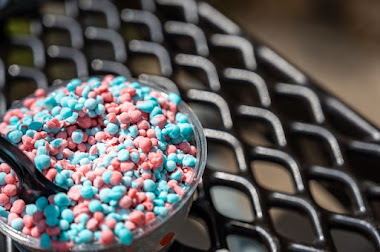Around the world, different cultures have developed unique versions of ice cream, suiting the product to local tastes and preferences.
The most traditional Argentine helado (ice cream) is very similar to Italian gelato, in large part due to the historical influence of Italian immigrants on Argentinian customs.
Per capita, Australians and New Zealanders are among the leading ice cream consumers in the world, eating 18 litres (4.0 imp gal; 4.8 US gal) and 20 litres (4.4 imp gal; 5.3 US gal) each per year respectively, behind the United States where people eat 23 litres (5.1 imp gal; 6.1 US gal) each per year.
In China, besides the popular flavours such as vanilla, chocolate, coffee, mango and strawberry, many Chinese ice-cream manufacturers have also introduced other traditional Chinese flavours such as black sesame and red bean.
In Greece, ice cream in its modern form, or pagotó (Greek: παγωτό), was introduced at least from the middle of the 19th century.
India is one of the largest producers of ice cream in the world, but most of its ice cream is consumed domestically. One of its most well-known ice creams is the kulfi available in both usual and local flavours like mango, rose, badam (almond), strawberry, kesar (saffron), pistachio, chocolate and can contain nuts, rose petals, saffron stalks, and pieces of other sweets like rabdri and gulab jamun.
Golas are summer treat consisting of shaved ice packed into a popsicle form on a stick and soaked in flavoured sugar syrup, a popular choice being kala khatta, made from the sweet and sour jamun fruit.
In Indonesia, a type of traditional ice cream called es puter or "stirred ice cream" is made from coconut milk, pandanus leaves, sugar—and flavors that include avocado, jackfruit, durian, palm sugar, chocolate, red bean, and mung bean.
In Iran, fālūdeh (Persian: فالوده) or pālūde (Persian: پالوده) is a Persian sorbet made of thin vermicelli noodles, frozen with sugar syrup and rose water. The dessert is often served with lime juice and sometimes ground pistachios.
Italian ice cream, or gelato as it is known, is a traditional and popular dessert in Italy. Much of the production is still hand-made and flavoured by each individual shop in "produzione propria" gelaterias. Gelato is made from whole milk, sugar, sometimes eggs, and natural flavourings. Gelato typically contains 7–8% fat, less than ice cream's minimum of 10%.
Read more, here.
Contact us for pricing and availability.
1453 Sacramento Avenue
West Sacramento, CA 95605
916.372.2015 Direct
916.372.2201 Fax
Email: rvardan@yahoo.com







